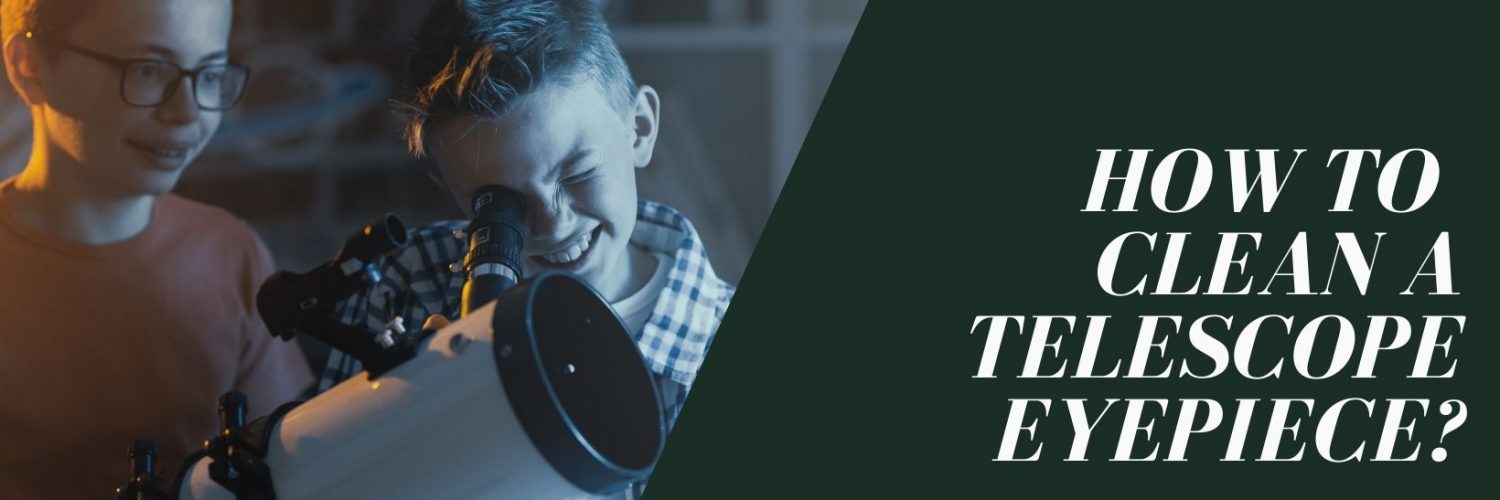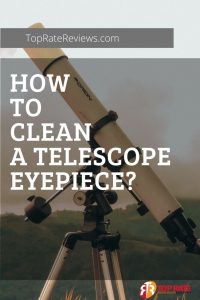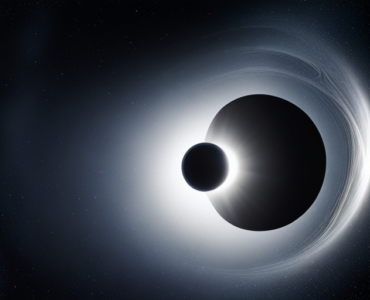Want to know how to clean a telescope eyepiece? This article is for you!
Getting a good view of an astronomical event requires a variety of skills. Some of these include reading sky charts, focusing on the right filter, and correct alignment. If you get one of these wrong, then you might as well spend your time in Dreamland.
There are a variety of resources online that detail all of these topics. There are also tools that take some of the hard work out of astronomy. While most people are focused on the technical aspects of telescope equipment, they may be forgetting about something more mundane. Cleaning a telescope eyepiece is a must if you want to maintain its clarity.
Getting rid of grime and debris from your telescope’s eyepieces is very simple, but it can be a bit challenging for a first-time user. There are various steps to follow to avoid scratching the glass and anti-reflection coating.
Table of Contents
How To Clean A Telescope Lens Safely?
It is vital to keep a high-quality telescope in good working order. Unfortunately, cleaning its lens or mirror can damage it. Aside from being made from glass, lenses also have various optical components that can be used for different purposes. So, how to clean a telescope eyepiece safely?
Aside from scratches and abrasion, these objects can also get damaged by using the wrong cleaning detergents. If you plan to take photos of the night sky, then it is not necessary to dust a telescope or mirror. Doing so will only make it look worse. You should also avoid cleaning a telescope that has been contaminated with harmful substances, such as fungus growth. This can cause severe damage to the telescope and its components.
The lens is critical to your telescope, and you must keep it in good condition.
Follow the steps carefully and only go as far as you need to get the best results. Doing so will help you avoid damaging your telescope lens. However, if it is still not clean after three steps, then stop.
1. Always protect the telescope lenses.
Even with gentle cleaning, a telescope lens can still get scratched. This is why it is crucial to prevent them from getting dirty in the first place. If you are not using the telescope at night, make sure to use a lens cap. This will keep the lens from getting scratched while you are not looking at the sky. Also, make sure that your telescope lenses are in a protective case when not in use.
Also, getting too close to the telescope can cause it to get dirty, especially if you have sensitive eyes. Oil on the surface of the lens can also leave behind residue on your eyelashes. This is why it is crucial to find a lens that has better eye relief.
2. Use air to remove the dust from the lens.
Since the dirt has already been removed, it is important to start with the smallest particles to remove any loose dust from the lens. Doing so will prevent the additional particles from creating minor scratches on the surface. However, do not try to blow the dust on the lens using your mouth because it contains a lot of water. The only thing you can do is suck the dust off. As in Suck!
Suck in the air from one side until the dust and other debris are removed. This technique will remove the air across the telescope’s surface and into your lungs without causing any moisture to accumulate.
3. Remove the dust from the lens using a brush.
Working through these steps carefully will make sure that you get the most effective cleaning for the least amount of damage. In this step, you should use a soft brush for cleaning telescope components. Keep it in a bag when not in use to prevent it from collecting dust. Also, use an air blower to remove dust after you have used it. Use the brush to remove the dust from the lens gently. It is very gentle and does not require much effort. It can be done in two steps, first by using the air bulb and then by using the brush to remove the dust from the lens itself.
4. Use a microfibre cloth.
After removing all of the surface dirt and dust from your lenses, it’s time to stop cleaning. However, if there is evidence of oil or fingerprints on your lenses, then continue using lens cleaner and cleaning wipes.
5. Use a lens cleaning fluid.
This is the final step in how to clean a telescope eyepiece properly. It should only be completed if you’ve got a smear that doesn’t remove with a gentle rubbing. To do this, simply drop a couple of drops of the cleaning solution onto the cloth and wipe it gently. But remember, If you’re cleaning a telescope or an eyepiece, don’t drop the cleaning fluid directly on the lens. It could pull grime and dirt inside the telescope or eyepiece.
What Should I Do If Dust Is Trapped Inside The Lens?
One of the most common questions that have been asked is what to do with the dust inside a lens. This is a complicated and time-consuming task, and it should be left to a professional to handle. It is because cocking the lens will cause it to crack. Also, it will cause the lens to get distorted.
Before using your camera, ensure that the front glass is thoroughly cleaned. Also, remove any protective filters. If you notice dust behind the glass element, then it is time to inspect the lens.
On the other hand, aside from being a normal part of life, lens dust is also a part of photography equipment. Just like dust on your camera sensor, it will eventually settle in your lenses and cameras.
Read also: Different Types of Telescope Mounts – Knowing All The Differences
How To Prevent Dirty Lenses In The Future?
Aside from being used for amateur astronomy, any telescope or binocular lenses should also be cleaned regularly to keep them in tip-top shape. Doing so will help improve its performance and make it easier to see objects too faint to see. Getting dirty with your telescope does not make it look brighter or less dark, and it can also scatter light. This is why it is important to keep an eye on your telescope and its optics.
The first defense against dirt is to keep the lens caps on when not in use. Make your own using a shower cap, a dishcloth, or a plastic bag. A plastic canister for a 35-mm film is also ideal.
Read also: 10 Best telescope for beginners – Chase the Stars Without Breaking the Bank
Conclusion
Although it may not be noticeable immediately, dirty optics can eventually affect the performance of your telescope. Having the proper tools and techniques can help you get the most out of your telescope. Although it is important to keep your telescope clean, it is also important to keep in mind that it is still a tool and should be maintained in the first place. For instance, if you have a telescope, then it is best to keep a tarp around it to prevent dust from accumulating.
Never use your telescope while you are not actually looking at it. Also, make sure that anyone using it knows what parts can and cannot be touched.











Add comment